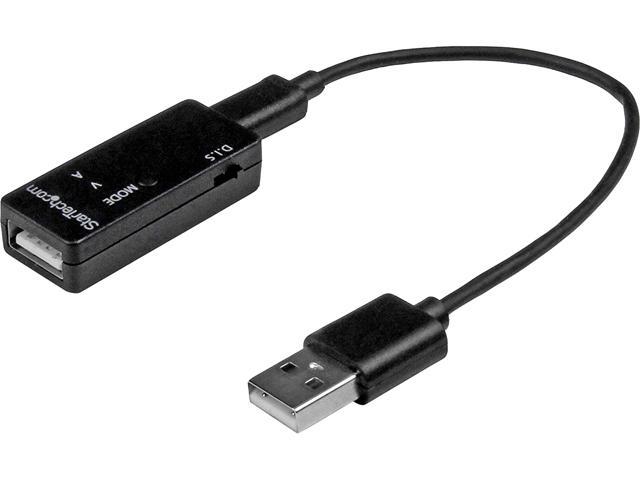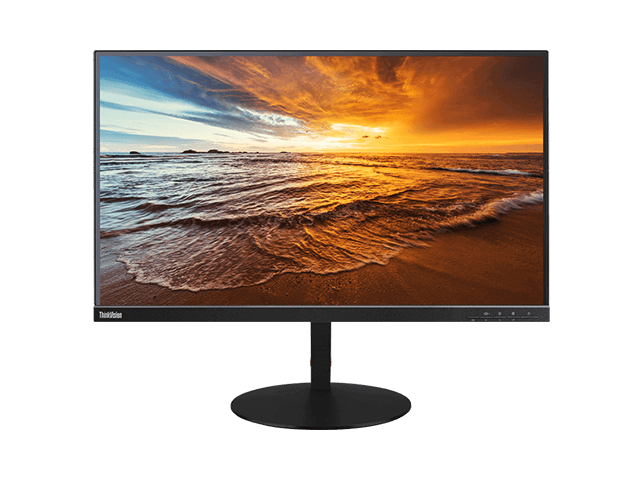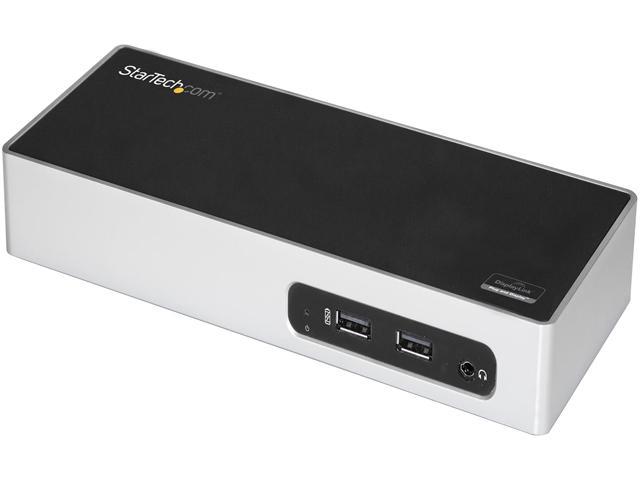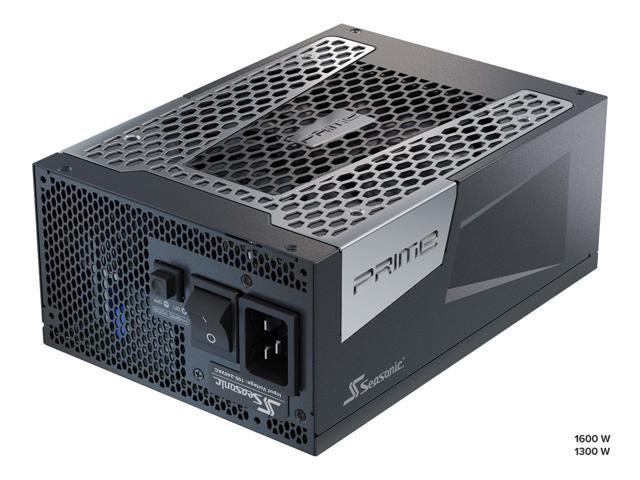Estimates of submarine ground-water discharge (SGD) into Florida Bay remain one of the least understood components of a regional water balance. To quantify the magnitude and seasonality of SGD into upper Florida Bay, research activities included the use of the natural geochemical tracer, 222Rn, to examine potential SGD hotspots (222Rn surveys) and to quantify the total (saline + fresh water component) SGD rates at select sites (222Rn time-series). To obtain a synoptic map of the 222Rn distribution within our study site in Florida Bay, we set up a flow-through system on a small boat that consisted of a Differential Global Positioning System, a calibrated YSI, Inc CTD sensor with a sampling rate of 0.5 min, and a submersible pump (z = 0.5 m) that continuously fed water into an air/water exchanger that was plumbed simultaneously into four RAD7 222Rn air monitors. To obtain local advective ground-water flux estimates, 222Rn time-series experiments were deployed at strategic positions across hydrologic and geologic gradients within our study site. These time-series stations consisted of a submersible pump, a Solinist DIVER (to record continuous CTD parameters) and two RAD7 222Rn air monitors plumbed into an air/water exchanger. Repeat time-series 222Rn measurements were conducted for 3-4 days across several tidal excursions. Radon was also measured in the air during each sampling campaign by a dedicated RAD7. We obtained ground-water discharge information by calculating a 222Rn mass balance that accounted for lateral and horizontal exchange, as well as an appropriate ground-water 222Rn end member activity. Another research component utilized marine continuous resistivity profiling (CRP) surveys to examine the subsurface salinity structure within Florida Bay sediments. This system consisted of an AGI SuperSting 8 channel receiver attached to a streamer cable that had two current (A, B) electrodes and nine potential electrodes that were spaced 10 m apart. A separate DGPS















